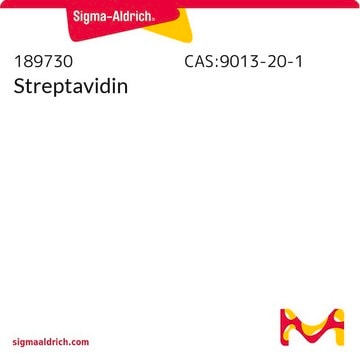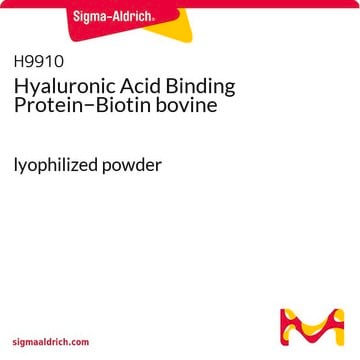E2760
Monoclonal Anti-Epidermal Growth Factor Receptor antibody produced in mouse
clone 29.1, ascites fluid
Sinonimo/i:
Anti-ERBB, Anti-ERBB1, Anti-ERRP, Anti-HER1, Anti-NISBD2, Anti-PIG61, Anti-mENA
Scegli un formato
CHF 437.00
Scegli un formato
About This Item
CHF 437.00
Prodotti consigliati
Origine biologica
mouse
Livello qualitativo
Coniugato
unconjugated
Forma dell’anticorpo
ascites fluid
Tipo di anticorpo
primary antibodies
Clone
29.1, monoclonal
contiene
15 mM sodium azide
Reattività contro le specie
pig, human, rat, mouse, canine
Non deve reagire con
rabbit
tecniche
indirect ELISA: 1:10,000 using extract of the A431 cell line
western blot: 1:3,000 using extract of the A431 cell line
Isotipo
IgG1
N° accesso UniProt
Condizioni di spedizione
dry ice
Temperatura di conservazione
−20°C
modifica post-traduzionali bersaglio
unmodified
Informazioni sul gene
human ... EGFR(1956)
mouse ... Egfr(13649)
rat ... Egfr(24329)
Descrizione generale
Specificità
Immunogeno
Applicazioni
Immunohistochemistry (1 paper)
Western Blotting (1 paper)
Azioni biochim/fisiol
Esclusione di responsabilità
Non trovi il prodotto giusto?
Prova il nostro Motore di ricerca dei prodotti.
Prodotti correlati
Raccomandato
Codice della classe di stoccaggio
10 - Combustible liquids
Classe di pericolosità dell'acqua (WGK)
nwg
Punto d’infiammabilità (°F)
Not applicable
Punto d’infiammabilità (°C)
Not applicable
Scegli una delle versioni più recenti:
Possiedi già questo prodotto?
I documenti relativi ai prodotti acquistati recentemente sono disponibili nell’Archivio dei documenti.
Active Filters
Il team dei nostri ricercatori vanta grande esperienza in tutte le aree della ricerca quali Life Science, scienza dei materiali, sintesi chimica, cromatografia, discipline analitiche, ecc..
Contatta l'Assistenza Tecnica.








